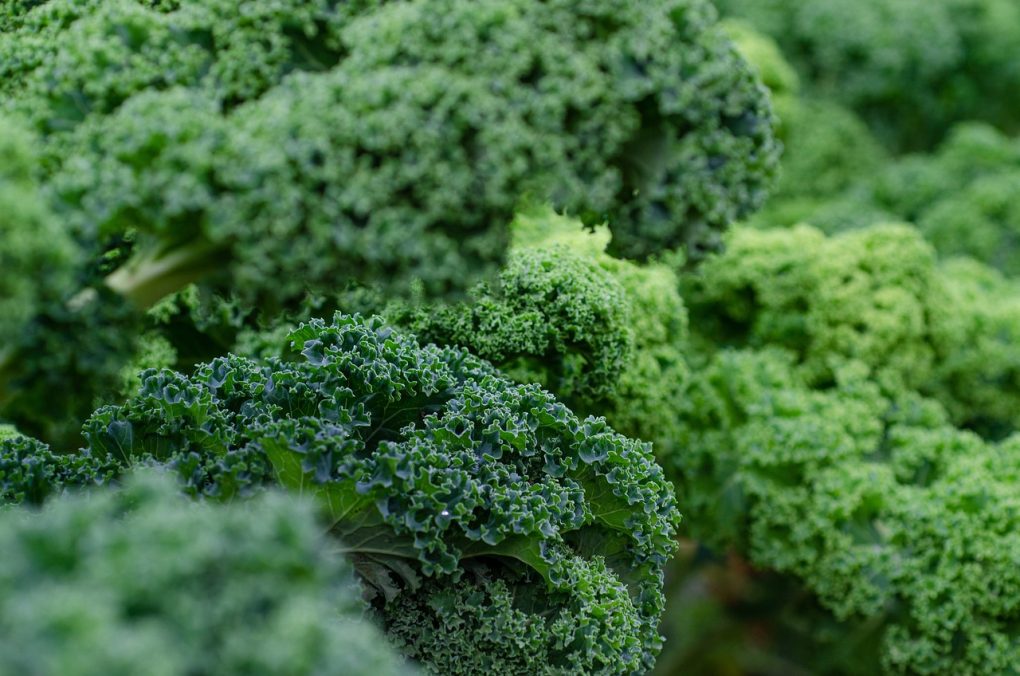
Kale is a leafy green vegetable that is gaining popularity due to its high nutrient content and versatility in cooking. This article will provide a comprehensive guide on how to store kale in order to maintain its freshness and maximize its nutritional value.
- What is Kale?
- Benefits of Eating Kale
- Why Should You Store Kale?
- How to Store Kale
- 1. Don’t Wash Kale Before Storing
- 2. Store Kale in a Plastic Bag
- 3. Store Kale in the Crisper Drawer
- 4. Store Kale in an Air-Tight Container
- 5. Use Kale Within 1-2 Weeks
- Other Tips for Storing Kale
- Freezing Kale
- Conclusion
What is Kale?
Kale is a cruciferous vegetable that belongs to the Brassica family. It originated in the Mediterranean region and has become a popular ingredient in salads, soups, smoothies, and stir-fries. Kale is packed with vitamins, minerals, and antioxidants, making it a healthy nutrient-dense food.
Benefits of Eating Kale
Kale is an excellent source of vitamins A, C, and K. It is also a good source of folate, calcium, magnesium, potassium, iron, and dietary fiber. Eating kale can help to prevent cancer, lower cholesterol, improve digestion, and boost the immune system.
Why Should You Store Kale?
Kale is a fragile vegetable that can quickly become limp and wilted if not stored properly. Storing kale properly can extend its shelf life and help it to retain its nutritional content, flavor, and texture.
How to Store Kale
The key to storing kale is to keep it dry and cool. Here are some tips to help you store kale properly:
1. Don’t Wash Kale Before Storing
Washing kale prior to storing it can cause it to spoil more quickly. If you need to wash it, wait until you are ready to use it.
2. Store Kale in a Plastic Bag
Place the kale in a plastic bag and squeeze out as much air as possible. Then, seal the bag and store it in the refrigerator.
3. Store Kale in the Crisper Drawer
If you don’t have a plastic bag, you can place the kale in a bowl or container and store it in the crisper drawer.
4. Store Kale in an Air-Tight Container
Another option is to store the kale in an air-tight container such as a Mason jar. This will help to keep the kale fresh for longer.
5. Use Kale Within 1-2 Weeks
Kale should be used within 1-2 weeks of storing. If it has been stored for longer than that, it may be best to discard it.
Other Tips for Storing Kale
When storing kale, it is important to keep it away from ethylene-producing fruits and vegetables. Ethylene is a gas that can cause fruits and vegetables to ripen quickly.
It is also important to check the kale regularly for signs of spoilage. If the leaves are wilted, slimy, or discolored, it is best to discard them.
Freezing Kale
Kale can also be frozen for up to 8 months. To freeze kale, wash it and blanch it in boiling water for 1-2 minutes. Then, drain the kale and place it in a single layer on a baking sheet. Once the kale is frozen, transfer it to an airtight container or bag.
Conclusion
Kale is a nutritious leafy green vegetable that should be stored properly to ensure it stays fresh and retains its nutritional content. The best way to store kale is to keep it dry and cool. You can store it in a plastic bag, in the crisper drawer, or in an air-tight container. Kale should be used within 1-2 weeks of storing and can also be frozen for up to 8 months. By following these tips, you can store kale and enjoy its freshness and nutrition for longer.
